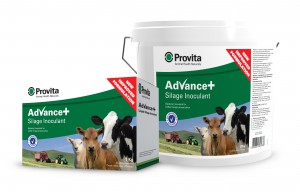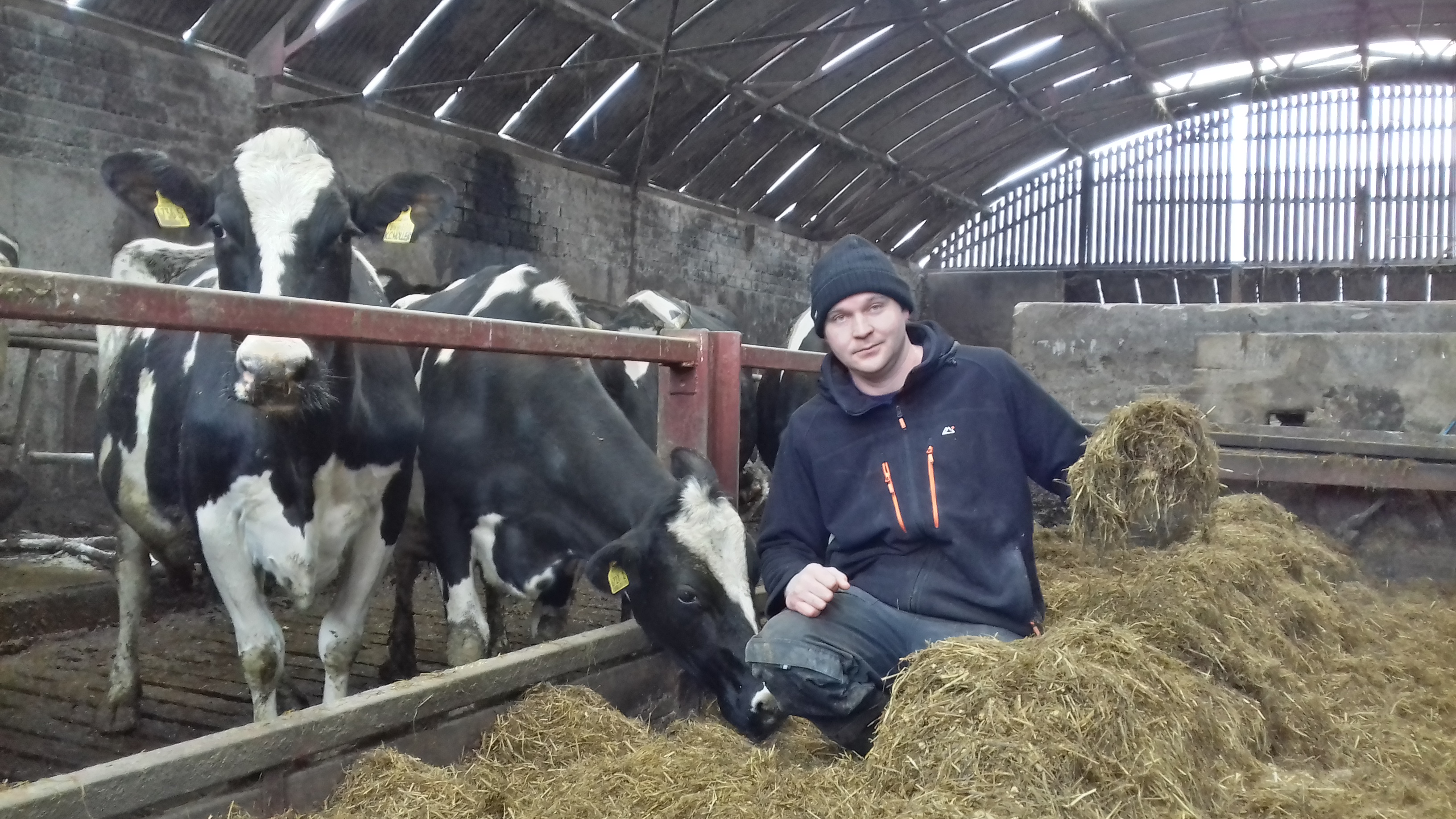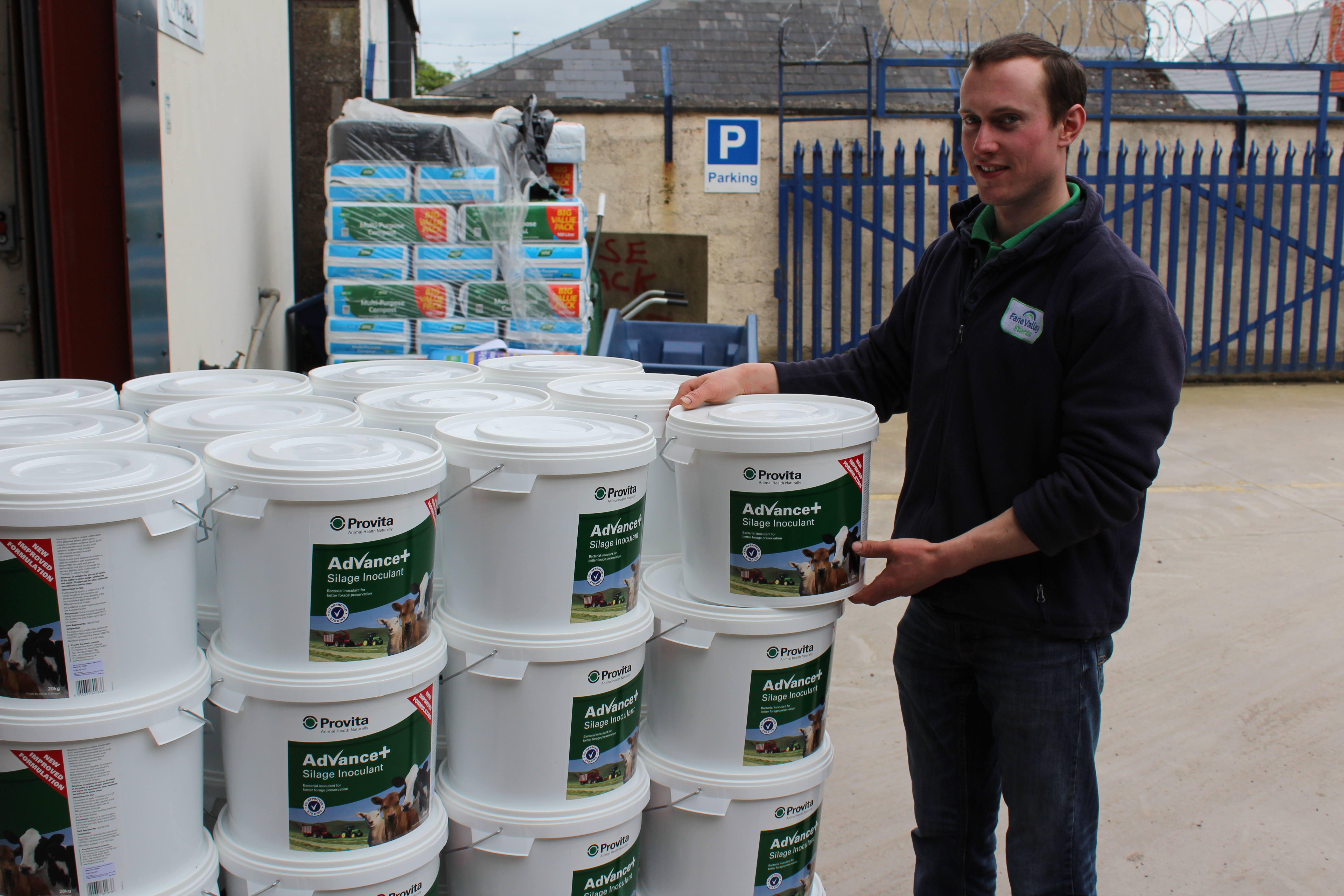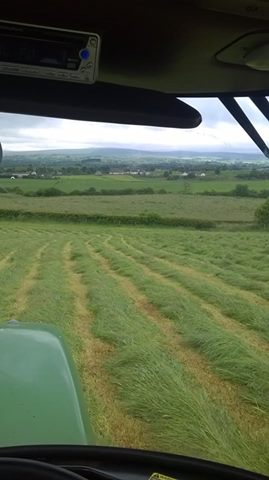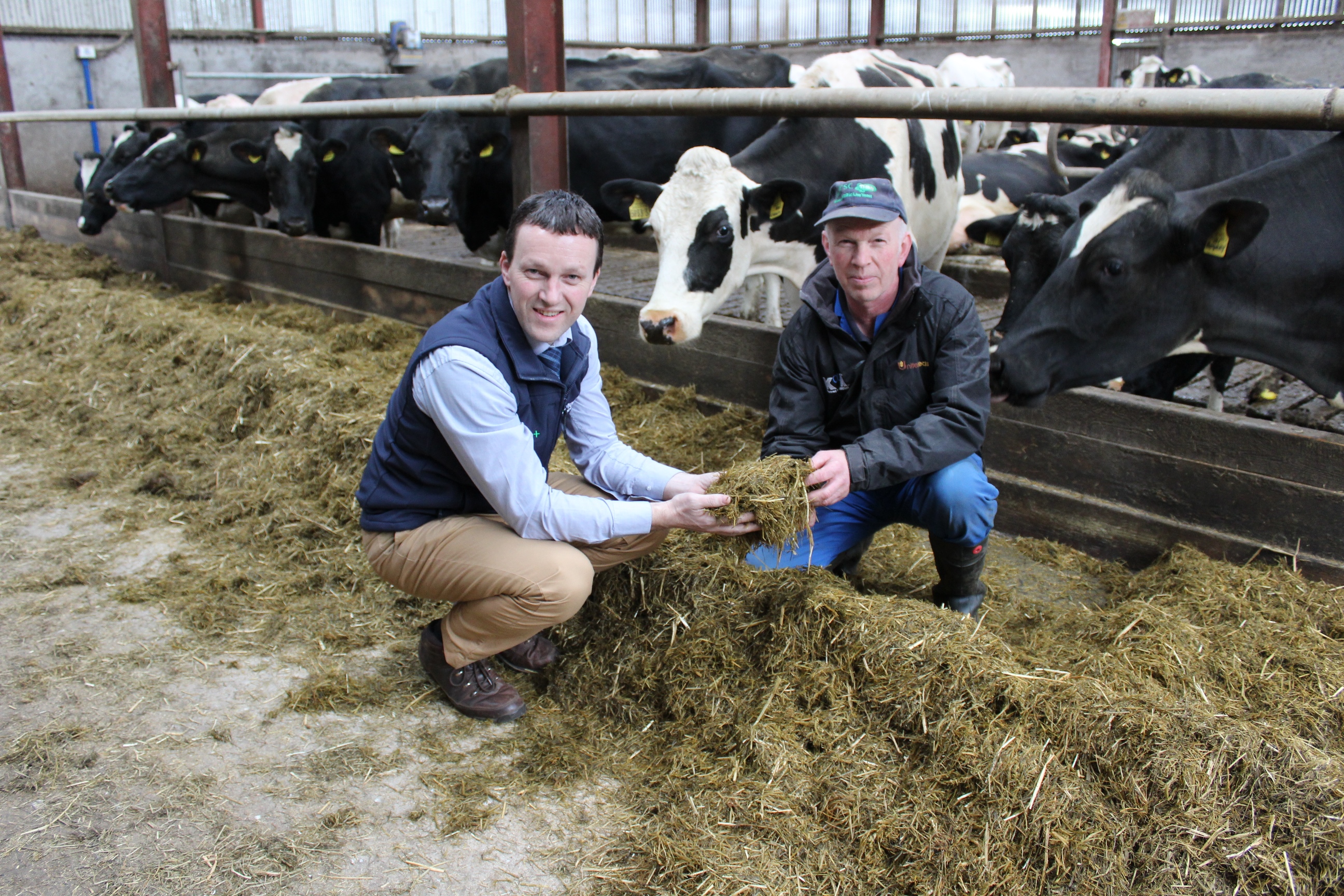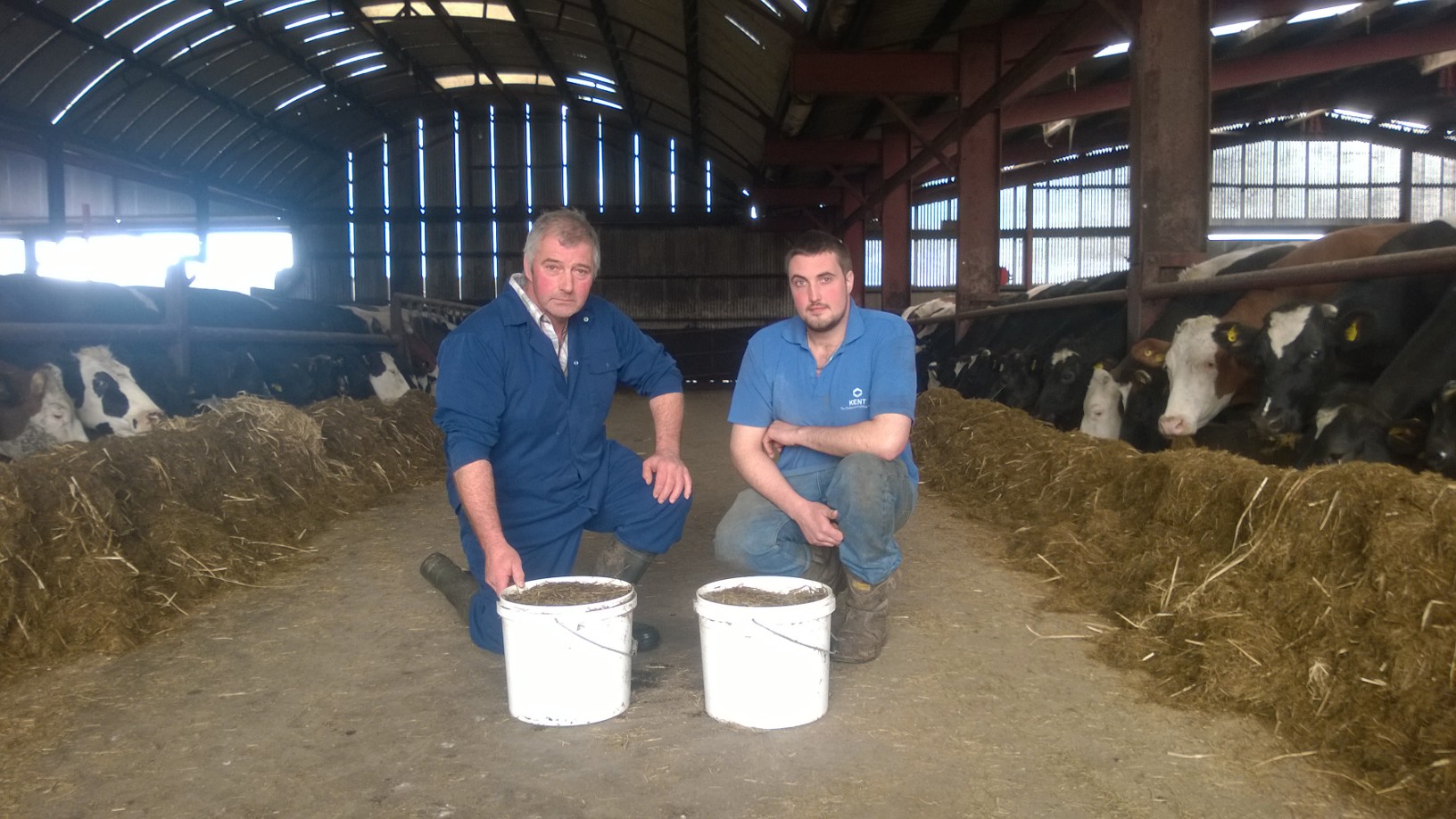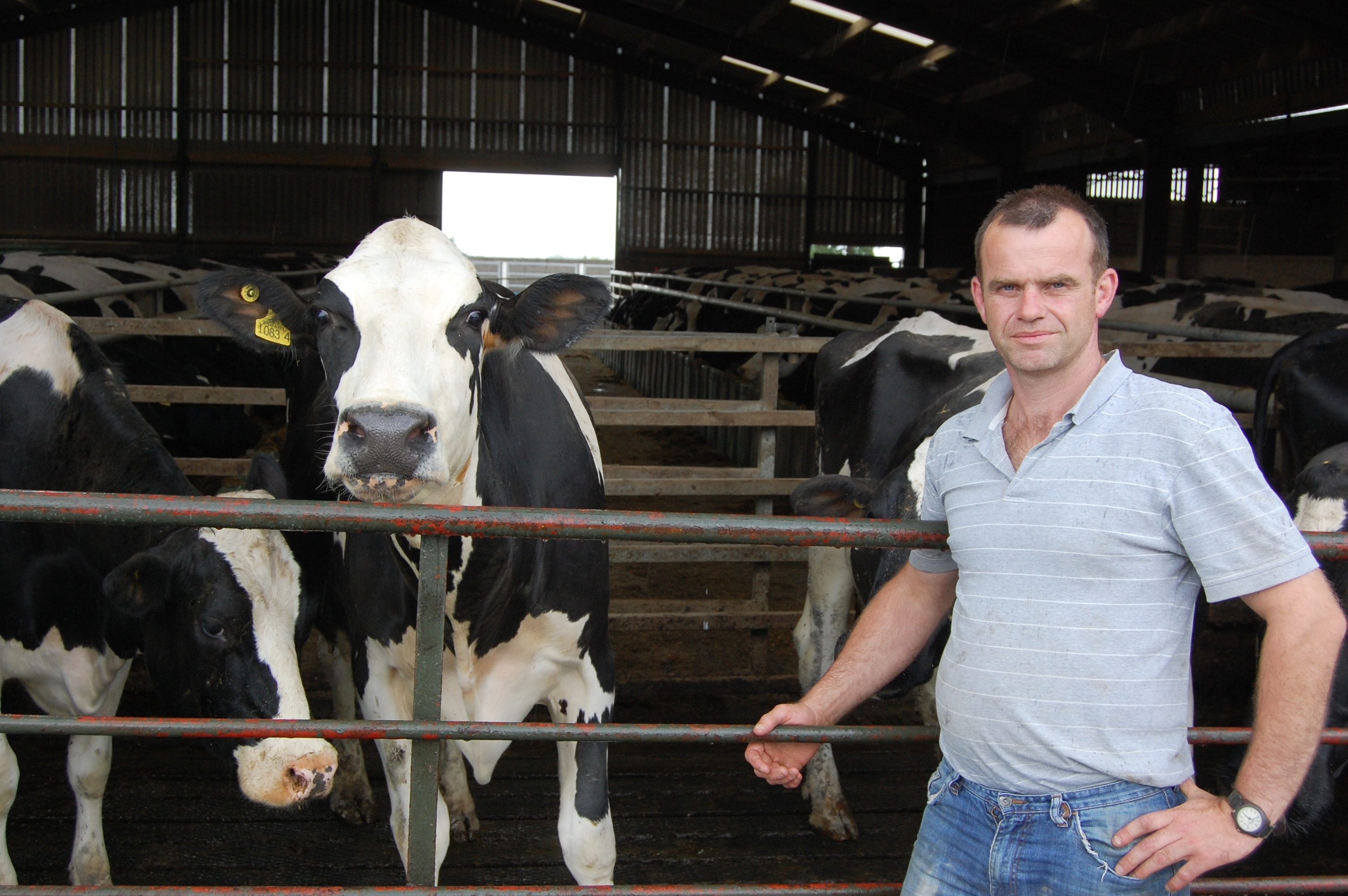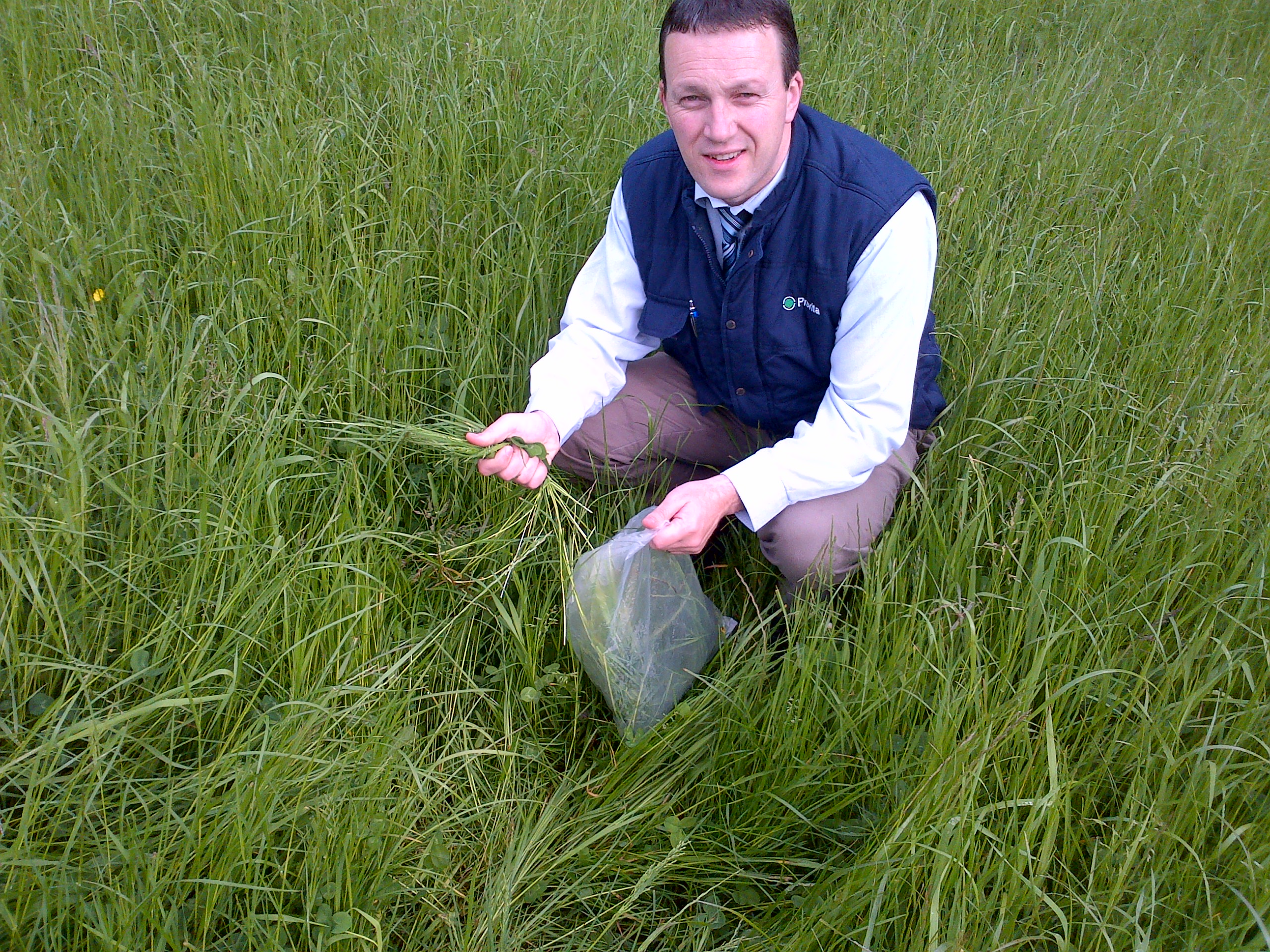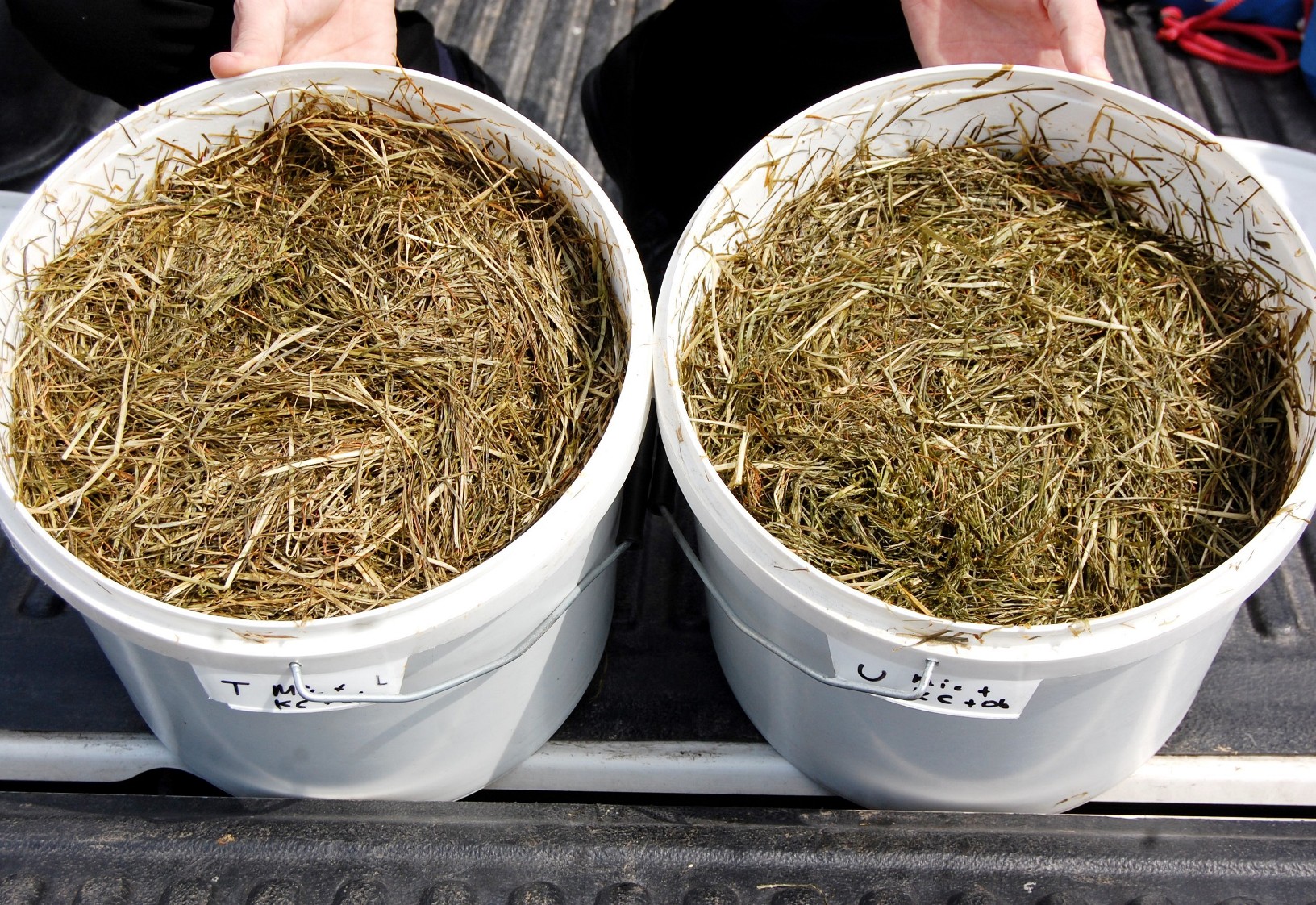At this time of year farmers are bombarded with information on silage inoculants. With so much variation between years and cuts, it’s very difficult to compare silage inoculants or even treated verses untreated crops. Many products claim to be better than the next one, so how can they actually be compared?
It is advisable to check the bacterial strains are EU approved. The EU registration system has standard parameters to measure efficacy such as dry matter losses, pH, lactic acid and ammonia plus stability for wholecrop and maize silages. Parameter testing shows efficacy on easy, moderate and difficult to ensile crops. Some of the inoculants, in particular the ones that only apply 100,000 bacteria per g of grass, failed to show a benefit in moderate and difficult to ensile crops.
